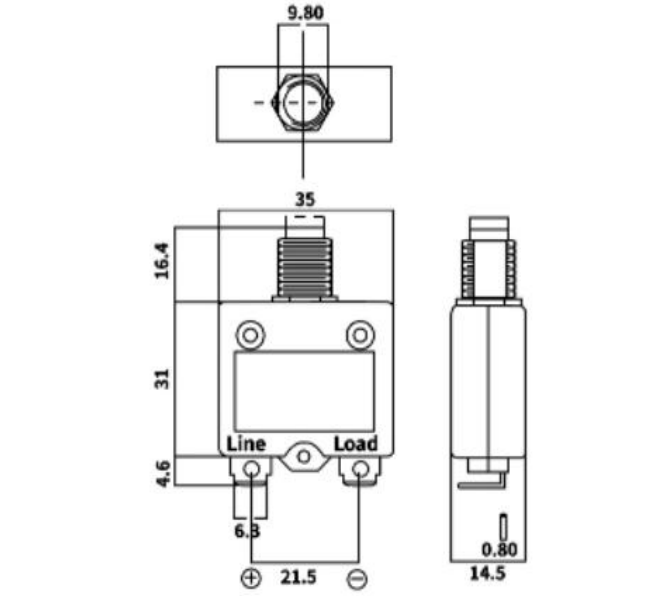The Importance of Fire Insulation Tape in Safety and Construction
In today's world, where safety standards are continually evolving, materials used in construction and industrial applications must prioritize fire resistance and insulation. One product that has gained significant attention is fire insulation tape. Known for its remarkable properties, this tape plays a crucial role in safeguarding structures, enhancing energy efficiency, and ensuring compliance with safety regulations.
Understanding Fire Insulation Tape
Fire insulation tape is crafted from materials specifically designed to withstand high temperatures and prevent the spread of flames. Commonly made from fiberglass, silicone, or other flame-retardant substances, this tape is engineered to create a barrier that can endure extreme conditions. Its primary function is to seal gaps, joints, and seams in buildings, ensuring fireproofing in critical areas such as ductwork, electrical conduits, and plumbing.
Applications in Construction
Within the construction industry, fire insulation tape serves multiple purposes. One of its primary uses is in passive fire protection systems. When correctly applied, the tape helps contain a fire within a designated area, preventing it from spreading to other parts of the building. This function is vital in multi-story structures where rapid fire spread can lead to catastrophic outcomes. By sealing any potential vulnerabilities, fire insulation tape enhances overall safety.
Moreover, fire insulation tape is instrumental in maintaining the integrity of building materials. For example, when used around HVAC systems, it prevents air leaks that not only reduce energy efficiency but can also contribute to fire hazards by allowing flames and heat to escape into unintended areas. By ensuring that systems function effectively, fire insulation tape is a small component that has a large impact on overall safety and efficiency.
fire insulation tape

Energy Efficiency and Cost Savings
Another significant benefit of fire insulation tape is its contribution to energy efficiency. Buildings that are well-insulated require less energy for heating and cooling, which translates to reduced utility costs. In commercial settings, where energy expenses can be substantial, implementing effective insulation can lead to significant savings over time. Fire insulation tape seals off gaps that would otherwise allow heated or cooled air to escape, making climate control more effective and economical.
Compliance with Safety Regulations
As regulations surrounding building safety become more stringent, compliance is essential for construction firms and property owners. Using fire insulation tape can help meet local and national fire safety codes. Ensuring that structures are adequately insulated and protected from fire hazards is not only a legal obligation but also a moral one. Invest in high-quality fire insulation tape to ensure that you meet these necessary standards and provide a safe environment for inhabitants.
Conclusion
In summary, fire insulation tape is an invaluable asset in the realms of construction and safety. Its ability to resist high temperatures, prevent fire spread, enhance energy efficiency, and ensure compliance with safety regulations makes it a must-have for any building project. Whether you are a contractor, property owner, or someone involved in facility management, understanding the advantages of fire insulation tape will empower you to make informed decisions when it comes to safety and efficiency.
Choosing the right materials for construction and renovation projects goes beyond design aesthetics—it's about creating safe, sustainable environments where people can live and work without fear. For these reasons, incorporating fire insulation tape into your projects is not just advisable; it's essential.
-
XIANGFAN Rubber Tape-Ultimate Solutions for All Your Insulation NeedsNewsJun.24,2025
-
XIANGFAN Rubber Tape-Protection for Industrial and Residential ApplicationsNewsJun.24,2025
-
XIANGFAN Rubber Tape: Superior Safety and Sealing for Demanding EnvironmentsNewsJun.24,2025
-
XIANGFAN Rubber Tape: Reliable Solutions for Every Electrical ChallengeNewsJun.24,2025
-
XIANGFAN Electrical & Industrial Tape: Powering Reliability Across IndustriesNewsJun.24,2025
-
XIANGFAN Electrical & Industrial Tape: Excellence in Every ApplicationNewsJun.24,2025
